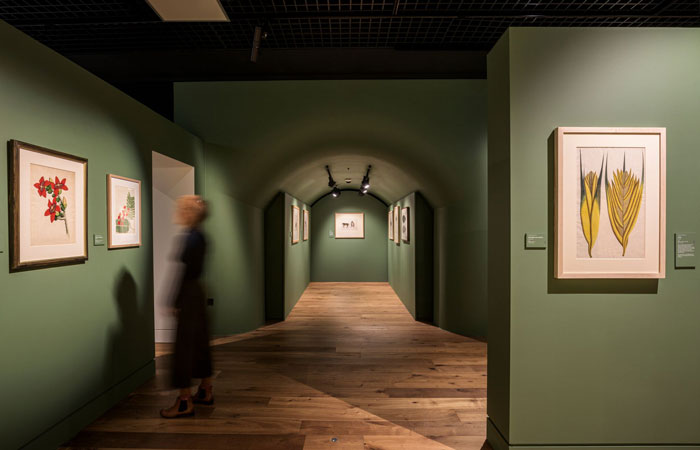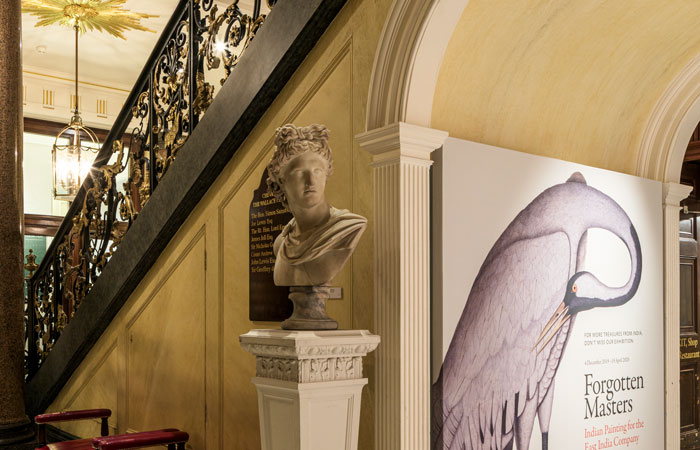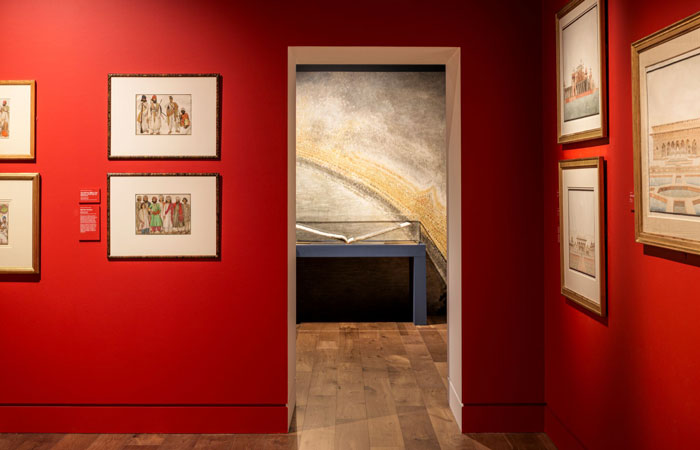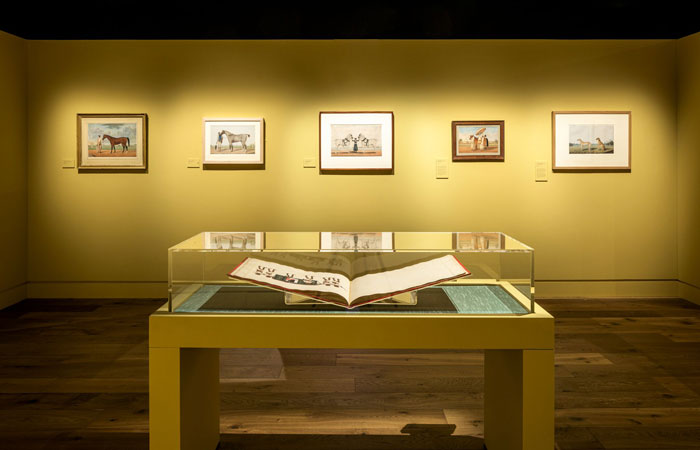Forgotten Masters: Amazing Indian Painting
Architects and exhibition designers Nissen Richards Studio have completed a dynamic, colourful and historically-significant project for the Wallace Collection. Forgotten Masters: Indian Painting for the East India Company, guest-curated by renowned writer and historian William Dalrymple, is the first UK exhibition of works by Indian master painters that were originally commissioned by officials from the East India Company in the late eighteenth and nineteenth centuries. The exhibition represents an unprecedented opportunity to see these vivid and highly original paintings together for the first time, recognising them as among the greatest masterpieces of Indian painting.

Nissen Richards Studio undertook both the exhibition and the graphic design for the show, along with the script-editing. The graphics remit included interpretive information, as well as posters, banners and other marketing collateral. This is the studio’s fourth project for the leading London gallery, following the graphic design on an exhibition on Sir Richard Wallace; the 3D and graphic design of Helmet Heads, featuring Henry Moore’s celebrated series of helmet head sculptures, and the London Design Awards 2019 gold-winning project, An Enquiring Mind: Manolo Blahnik at the Wallace Collection.

The artists behind the stunning natural studies of flora and fauna in Forgotten Masters were never credited at the time of commission and the exhibition sets out to right that wrong by restoring proper authorship in almost all cases. The artists whose works are on show include Shaikh Zain ud-Din, Bhawani Das, Shaikh Mohammad Amir of Kareah, Sita Ram and Ghulam Ali Khan. An important aspect of Nissen Richards Studio’s interpretive approach was how the works are introduced to visitors, ensuring that for the first time, the artists come first, with artist portraits featuring in the very first vista of the exhibition.

The array of dazzling and often surprising artworks, which reflect both the beauty of the natural world and the social reality of the time, offer a rare glimpse of the cultural fusion between British and Indian artistic styles during the period.

‘Our approach to the exhibition design for this very special project’, Nissen Richards Studio Director Pippa Nissen commented, ‘was to explore different ways of siting the artworks against a bright colour on long colourful vistas, picking up on the colours within the artworks and enabling them to resonate further. We also created dynamic physical thresholds between sections through new wall structures and the use of colour to indicate a change in focus or period.’
We look forward to welcoming Pippa Nissen to be a guest columnist from January 2020.
Contact Nissen Richard’s Studio.




